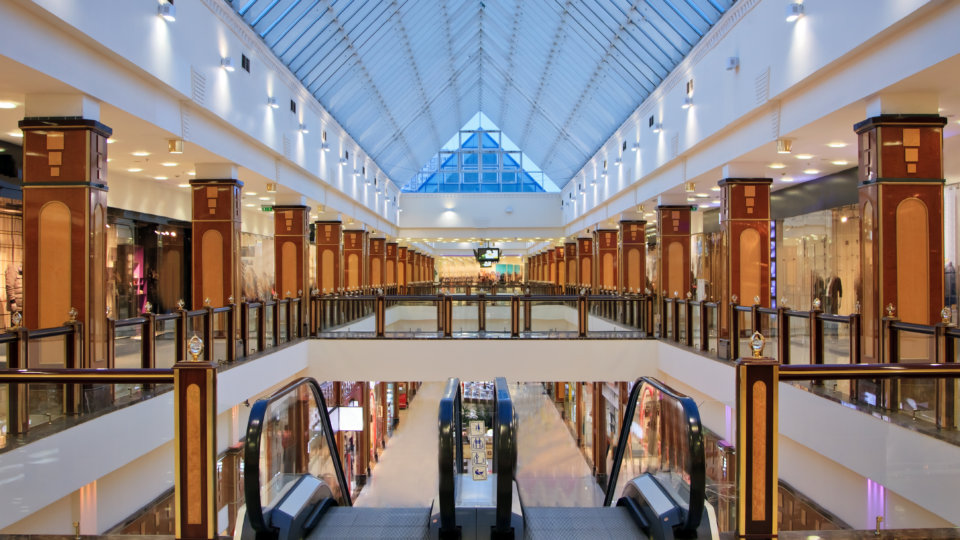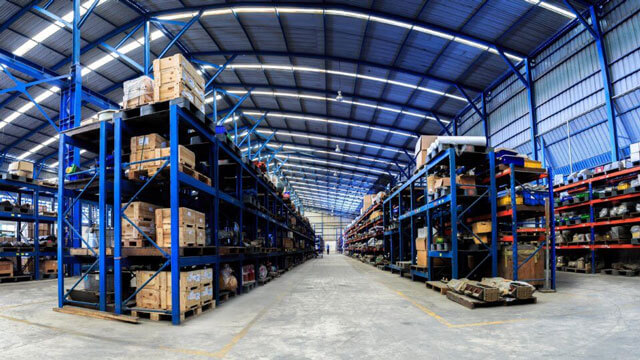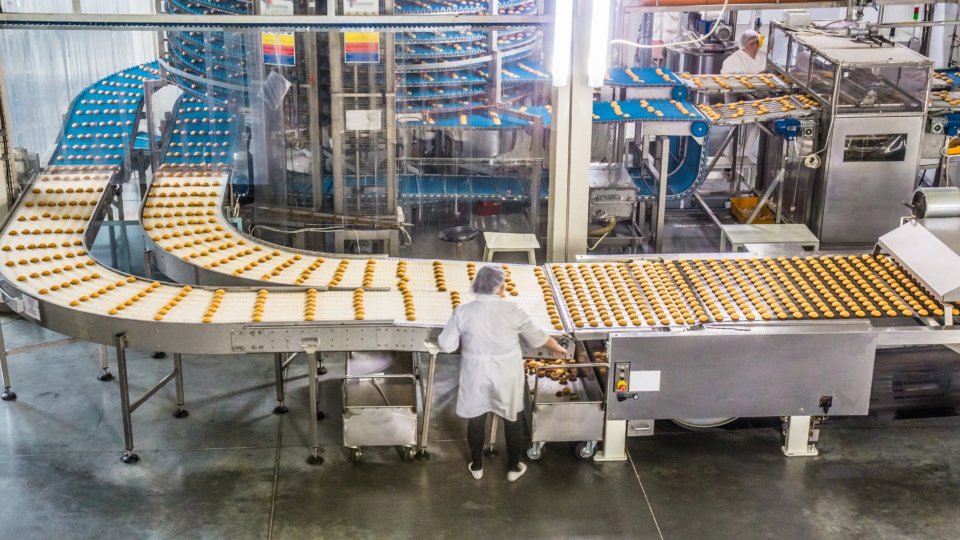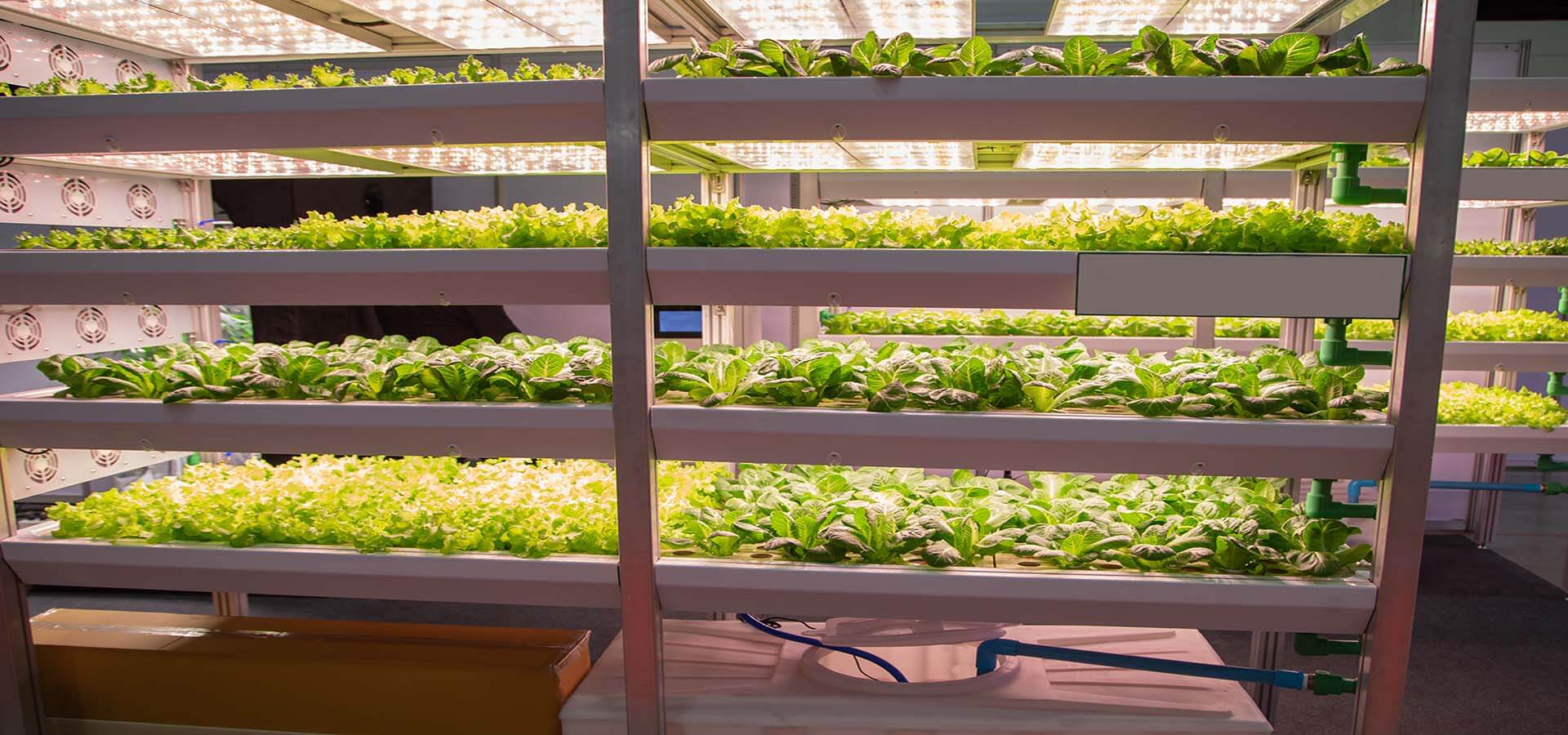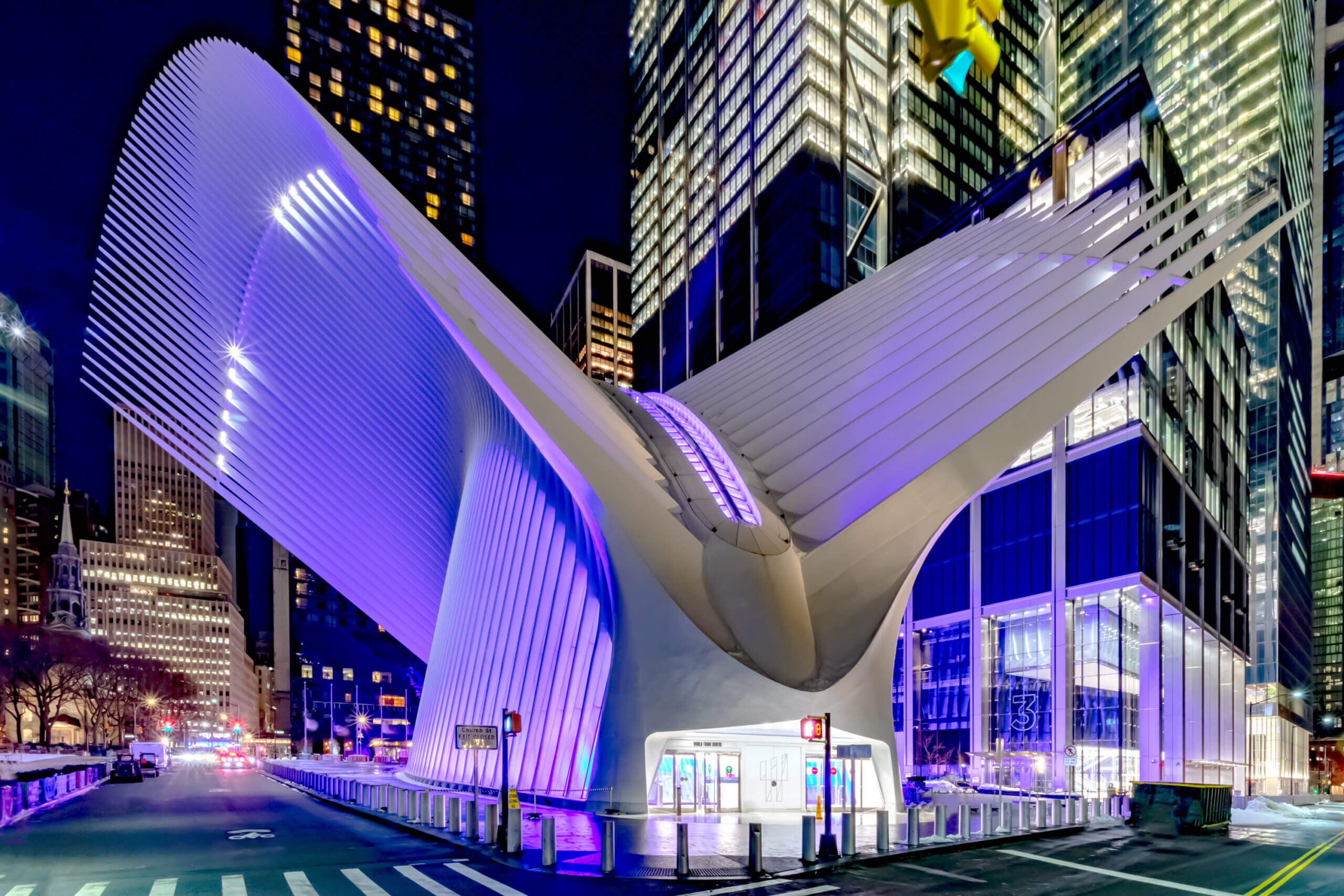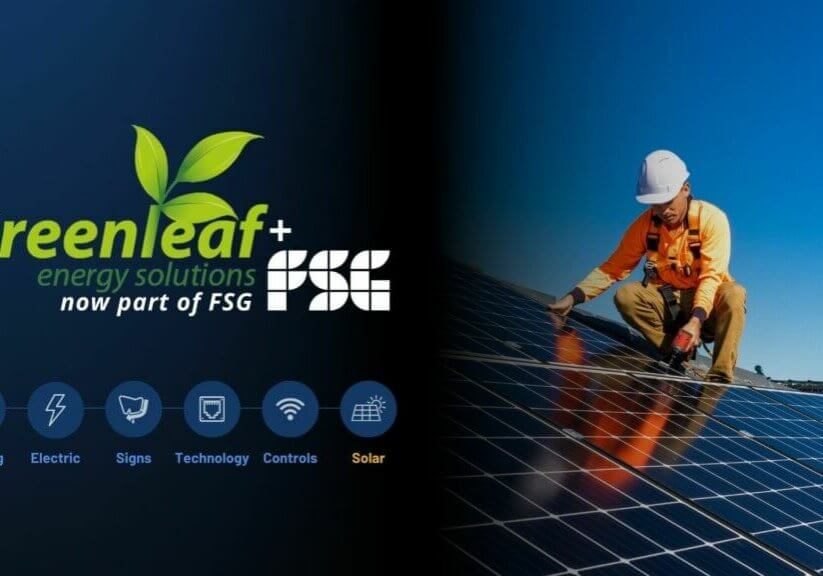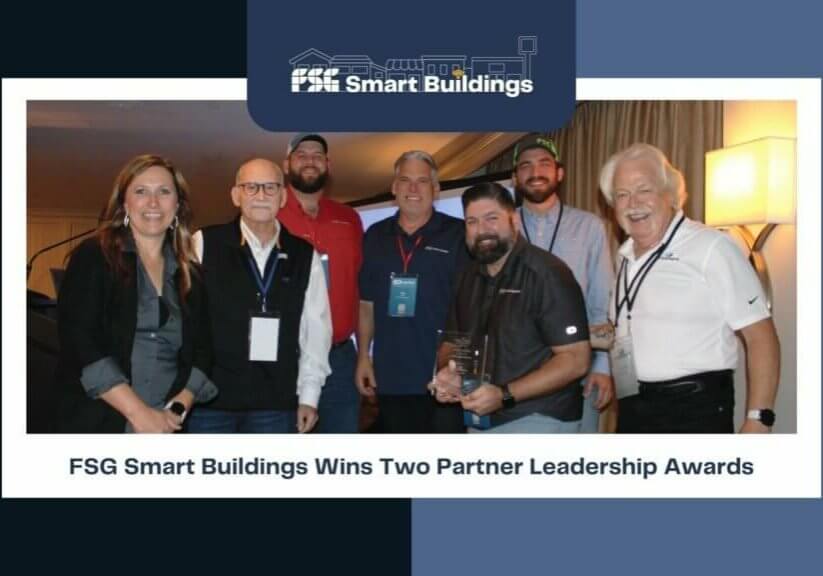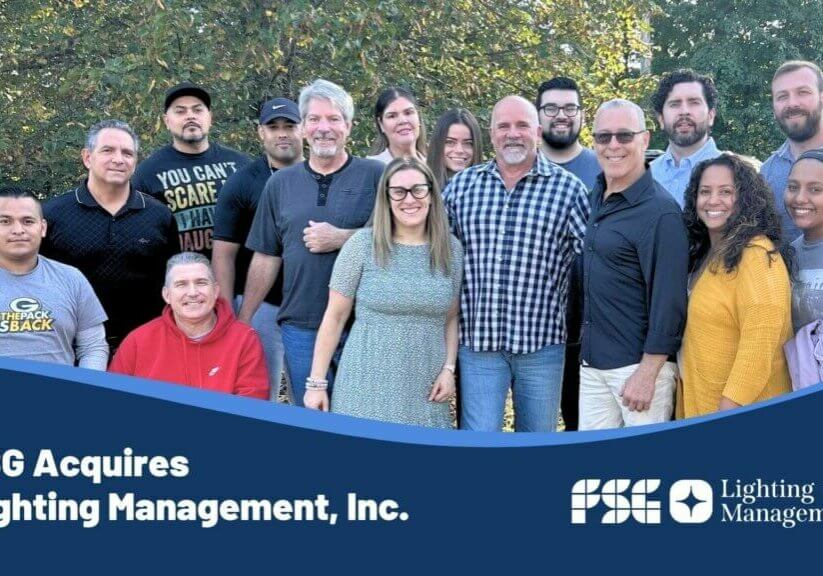Across the country and around the world, many folks have spent much of the last 10 years feeling pretty, pretty good about their LED purchasing decisions. It’s hard to feel bad about saving money on electric bills and maintenance expenses.
But then, at some point, a lamp fails here and a fixture starts flickering a bit there, and before long the thought naturally occurs: “Wait. Wasn’t this LED bulb supposed to last for years?”
Despite the manufacturer’s claim that new LED lamps have a rated life of 50,000 hours (12 hours per day for 11 years!), many folks will tell you their fancy new LEDs failed in much less time than that. Consumers can be forgiven for wondering if they should now spend more money to replace these wonder bulbs in kind.
For these lighting consumers, the question might understandably be, “Are LED’s even worth the investment?”
Remembering Those Crazy Early Days of LED
Ah, to be young and free and full of the possibilities of LED lighting! It doesn’t seem so long ago when the lighting world was the epicenter of cool, with $80 LED bulbs making their commercial debut.
Back in 2002, white LED bulbs became commercially available at a cost that left most consumers scratching their heads. Surely a bulb this expensive would be the Last. Bulb. Ever.
By 2010, the prices had dropped, and LED bulbs were beginning to make a big difference in the operating costs of schools, offices, and hospitals. An LED was still expensive, but the prices were coming down and after all, they were the Last. Bulb. Ever.
In the years that followed, LED lights completely dominated the lighting market, with the formerly ubiquitous halogen, fluorescent, and incandescent bulbs moving steadily toward “niche market” status. Everywhere you turned, consumers had decided to spend a little more in return for years and years of trouble-free service life with LED lamps and fixtures.
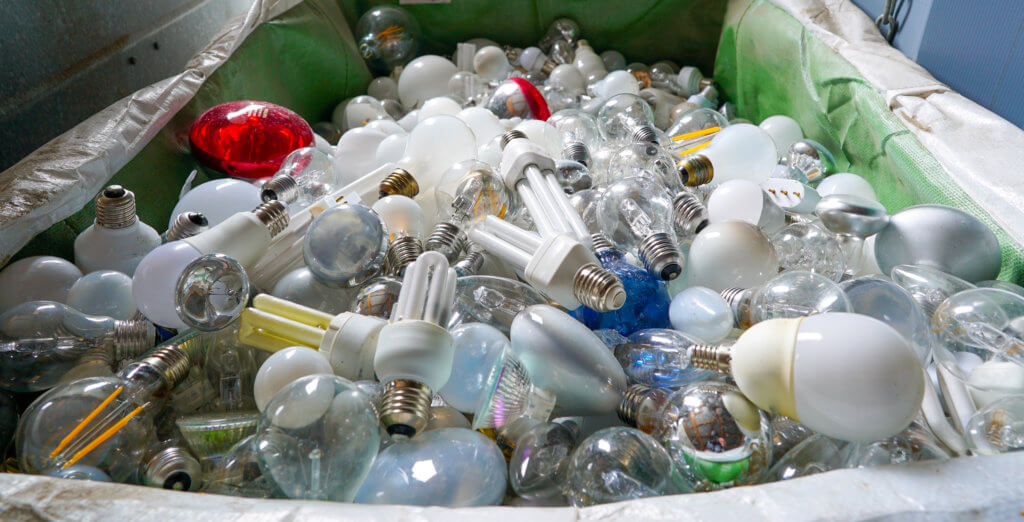
Source: iStock
And then the flickering began. Or maybe the bulbs failed altogether. This was not part of the original LED script, and consumers were left wondering what part of “years and years” did I not understand?
Lower energy bills? Check. Radically lower maintenance costs? Check. Years and years of trouble-free service? Well, maybe not so much.
What was happening with those miracle bulbs? How could a technology with so much promise routinely leave its most passionate adopters wondering where things went wrong?
The Facts Behind the Flickers
As it turns out, many of the early adopters of LED technology might have simply had the bad luck to come across bulbs with manufacturing defects. These things happen to established industries, so it makes sense that mistakes might have occurred in the brand-new LED lighting industry.
Just take a look at cars. After a century of manufacturing, the automotive industry still occasionally issues a recall to address a design flaw or safety feature. Even for those with lots of practice, then, mistakes occasionally happen.
Most likely, however, the main reason why first- and second-generation LEDs failed so quickly was because they were the wrong type for a particular application. As society got caught up in the rush of possibilities surrounding LED technology, the conversation about the different types of LED bulbs and their intended use got lost in the hubbub.
We get it. Those were heady days. But as it turns out, not all LED lamps are created equal.
With LEDs, A Little Knowledge Goes a Long Way
The straight truth is that LEDs are definitely worth the money. Aside from the fact that it feels good knowing your home or office building is operating with greener, more efficient lighting, electric bills are less expensive with LEDs. They just are.
And for commercial property owners, the number of times you have to roll trucks and crews to change ballasts and bulbs is dramatically reduced with LED technology. This fact pays dividends on many levels, saving time and labor, reducing safety issues, and allowing maintenance personnel to focus on more pressing matters at your facilities.
Even so, lighting can be difficult to understand. There are many variables to consider, and sometimes it feels like you need the same IQ as Thomas Edison himself just to buy a light bulb.
Reading about the different lighting products available, you’ll come across terms like color temperature, wattage, lumen output, rated life, shape, screw-in, 2-pin, and on and on. The details were dizzying even before we learned there were multiple types of LED bulbs, fixtures, and applications.
So, to keep things simple, let’s start with this: you can’t just take that old fluorescent tube out of its fixture and replace it with any LED tube you find on Amazon or at your local Home Depot and expect maximum results. To make a good choice, and to get something like that rated life span you heard about, you need just a little bit of lighting knowledge.
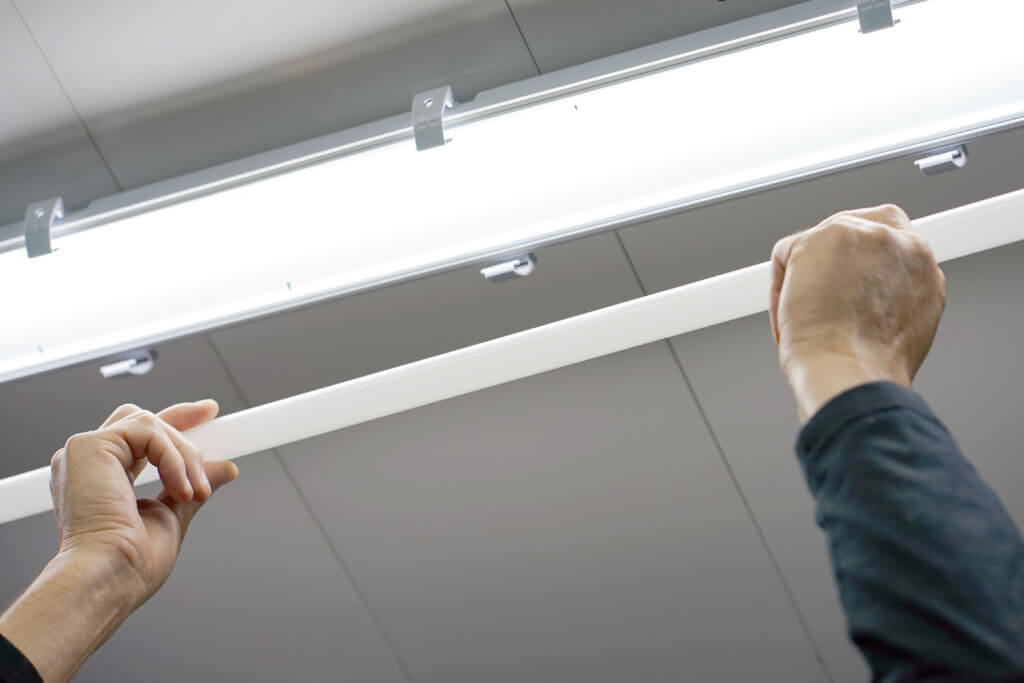
Source: iStock
The challenge for most folks is not that the information is that complicated, or difficult to understand. The problem is that there are few reliable resources for basic LED lighting knowledge.
Perhaps you’re thinking, “I’ll just ask an electrician about my LED lighting.” Sad fact: many electricians don’t know about the different types of LED lamps.
The reason for this is because there is a difference between lighting knowledge and electrical knowledge. You can be an excellent electrician and not necessarily understand lighting.
At FSG we bridge that gap, specializing in both fields of expertise. And it is our pleasure to provide you with this quick and easy rundown of the different types of LED fixtures to choose from.
When you choose the right type of LED bulb or fixture for your application, you will likely find that your next LED bulbs last longer than your first ones did.

LED 101
Type A
Type A LED tubes are lamps that can replace fluorescent tubes with the least expense in the least amount of time. If your light fixture operates off of an existing T8 electronic ballast, then you should be OK to remove the old fluorescent lamp and insert the new Type A LED lamp in its place.
Once you do that, there should be little else to do except kick off your shoes, turn on the lights, and enjoy a well-lit room…for a good long while, at least.
Having said that, this choice is not a guaranteed grand slam, however. Since this is the low-cost, low-time option, this bulb choice may not see the fully-rated life span we’ve all heard about. This is especially true if you’re working with a residential-grade electronic ballast, rather than a commercial-grade ballast.
In this case, it is important to know that ballasts are not specifically made for LED lamps. Drivers are LED’s version of a ballast unit, and they come in fixtures originally manufactured as LED fixtures.
Make sure you check the specification sheet for your existing fixture’s compatibility with LED bulbs. If you don’t have it, you can try to find your ballast on our storefront by typing in the Model #, UPC, or description in the search bar and pulling the specification sheet that way.
Sometimes Type A LED bulbs or fixtures are the perfect fit for your situation. Just make sure your fixture is compatible with the LED bulb to get the maximum life span and performance.
Type B
You may be asking yourself, why do I need a ballast or remote driver at all? That’s a good question, and it comes down to the difference between alternating current and direct current (AC / DC). (Fun fact: In the United States, we primarily run on AC.)
Imagine your wall socket at home. The electricity running through that outlet is coming in what resembles waves. It goes up above a certain voltage, and goes down below a certain voltage, constantly changing or “alternating”.
A ballast regulates that current so there’s an even flow of electricity. The ballast in your fluorescent fixture “smoothes out” the waves to make a nice calm flowing stream, and effectively takes AC and turns it into DC.
Type B LED tubes have a small internal driver inside of them that helps regulate that alternating current and allows you to have direct power to the light fixture. When using Type B LED tubes, the fixture’s ballast can be removed with the power wired directly to the sockets of the light fixture.
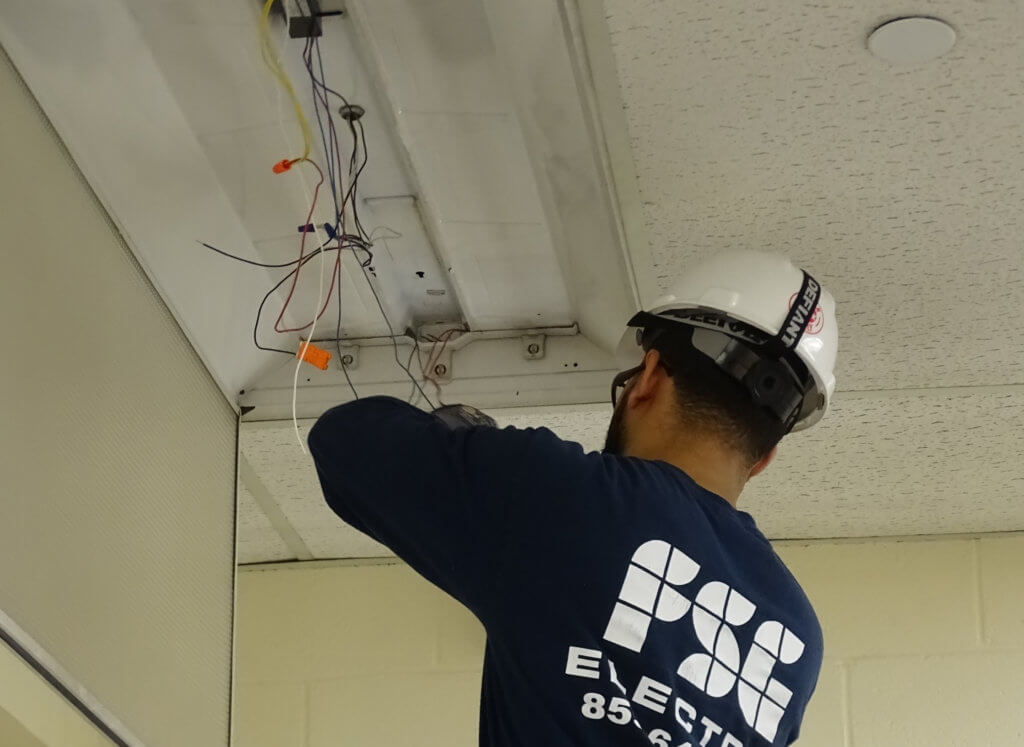
Source: FSG
Type B LED tubes do have their purpose. This is still cost-effective in terms of a lower upfront cost, and the LED lamps will reduce your building’s energy usage.
It is very likely, however, that you may not get everything that a lamp has to offer because of routine issues like power surges.
The internal driver on Type B LEDs is working all the time, and if your building experiences a strong jump in electrical output, the surge may overwhelm that lamp’s tiny internal driver.
Remote LED drivers are much more hardy and are designed specifically to protect fixtures against this circumstance. If you’re already going to the trouble of taking ballasts out and rewiring the fixture to go direct, you might as well consider the next LED option.
Type C
Type C LED tubes rely on remote drivers. Think of remote drivers as cruise ships and Type B LED internal drivers as lifejackets. Both keep you above the water, but one does it much better.
Type C LED tubes will provide the most long-lasting benefits. As you would expect, Type C conversions come with a higher price tag. In return for that upfront cost, Type C LED conversion delivers optimized building energy usage and the maximum rated life span from those lamps.
A remote driver will be required along with the lamps, which will replace the existing ballasts if there is one already there and it is used to power the LED lamps. One remote driver can power numerous LED tubes.
Lighting controls and occupancy sensors also become a reality with this option, which can increase your building’s energy cost savings. These savings help justify the upfront expense while providing a solid ROI.
As energy costs continue to rise, ROI and ongoing cost savings become increasingly important. For that reason, Type C LED bulbs and fixtures are becoming more popular for large commercial applications.
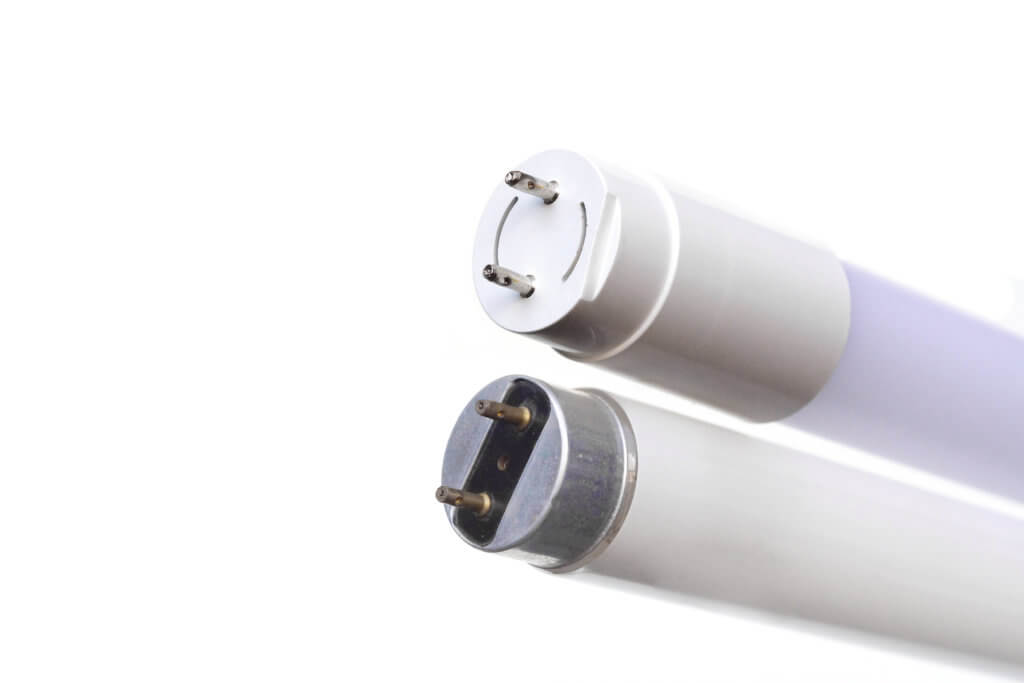
Source: iStock
Type A/B
There is one last LED type that is a recent addition to the lighting market. Type A/B lamps have versatility and can be installed into either a Type A scenario or a Type B Scenario as detailed above.
These combination LED tubes reduce installation issues and offer maximum flexibility with either “plug and play” for ballast-compatible operation or operation with the ballast removed.
Note: Even though these combination LEDs are presented as ballast-compatible, a good rule of thumb for A/B LED lamps is to verify the compatibility of a specific fixture’s ballast. There are some exceptions, and you should check before you buy.
That’s Not So Hard, Is It?
So there you have it. You are now ready to go forth boldly into the world of LED lighting options with just the right amount of lighting knowledge.
And hopefully, you now have a little bit of understanding about what may have gone wrong with your first forays into LED lighting. Now, armed with solid information, you can take a moment to verify the compatibility of your lamp choices, your fixture choices, and your specific lighting application before you buy your next LED lamp or fixture.
In the end, the hype about LED lighting is all true. LED’s last longer, they use less energy, their dimming ability is superior, they’re easier to control with occupancy sensors, and there’s no harmful mercury vapor in them, which means you don’t need to recycle them like a fluorescent lamp.
The key is matching the correct lamp with the correct fixture in the correct application for those components. That’s how you get the most value from your LED purchase.
Now That You Know, Where Will You Go?
With all this new LED understanding under your belt, who are you going to talk to about your next LED lighting project? Why, FSG, of course!
When you contact our company or visit our online store, you’ll immediately have access to lighting and electrical professionals who can help you apply all this new LED knowledge in support of your next lighting project. We’re working hard to be of service to you, and we’re ready when you are to discuss your situation.
If you’re considering a Type B or Type C conversion, especially across multiple properties or for a large national retrofit, contact us so we can walk you through the process from specification, installation, project management, to maximizing the ROI in your facility.
We look forward to hearing from you!



